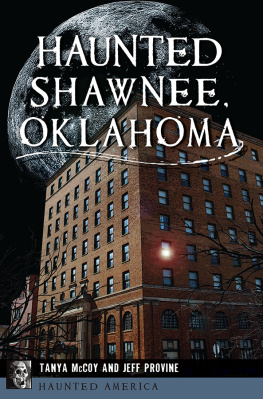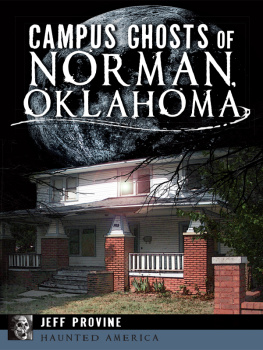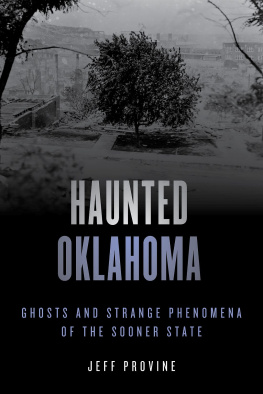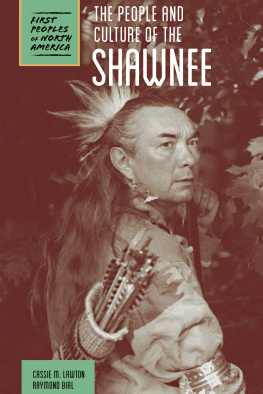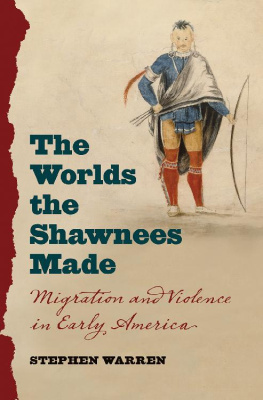
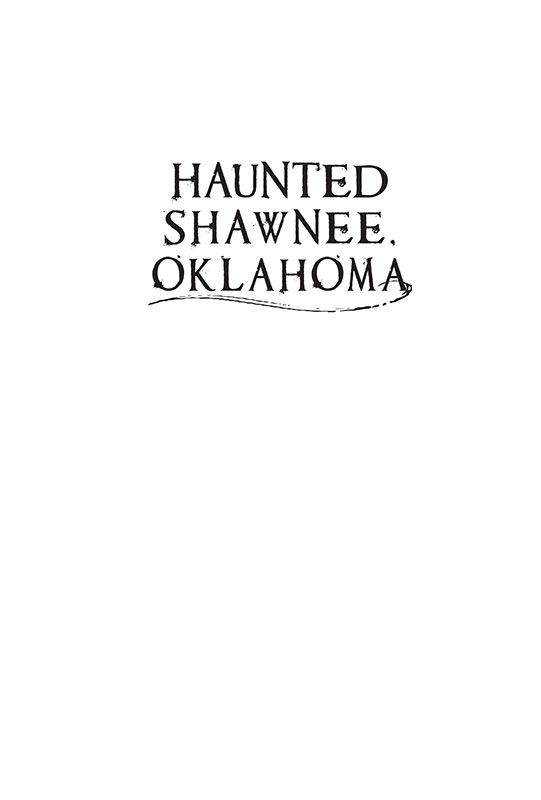
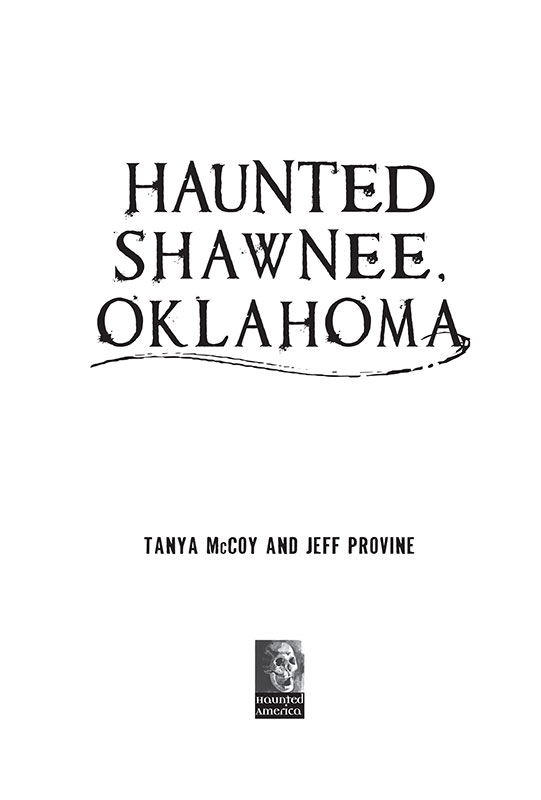
Published by Haunted America
A Division of The History Press
Charleston, SC
www.historypress.com
Copyright 2020 by Tanya McCoy and Jeff Provine
All rights reserved
First published 2020
e-book edition 2020
ISBN 978.1.43967.115.3
Library of Congress Control Number: 2020938621
Print Edition ISBN 978.1.46714.686.9
Notice: The information in this book is true and complete to the best of our knowledge. It is offered without guarantee on the part of the authors or The History Press. The authors and The History Press disclaim all liability in connection with the use of this book.
All rights reserved. No part of this book may be reproduced or transmitted in any form whatsoever without prior written permission from the publisher except in the case of brief quotations embodied in critical articles and reviews.
DEDICATIONS
I dedicate this book to my amazing paranormal team and support group: Chris Borthick, Keisha Pratt-Officer, Debra Breshears, Kim Selvey, Alonie McKown and Shelly and Jess Goodman. You guys are the best around, and a person could not ask for better. You give 110 percent. You are the hardest-working, most creative group I have ever had the pleasure of working with. I am so grateful for all you do.
As always, I also dedicate this work to my loving husband, Clinton Womack, and my family for their love and support.
And last but not least, I would like to dedicate this book to my best friend, teammate, supporter, confidant and soul sister, Whitney Wilson, who helps to keep me grounded when my spontaneous, crazy ideas send her head into a whirlwind. I love you dearly, and I could not do this without you.
Tanya

To Courtney, for abiding late nights with the lights on.
Jeff
CONTENTS
ACKNOWLEDGEMENTS
A special thanks goes out to the Pottawatomie County Historical Museum and the Tecumseh Historical Society, which have made all our research painless and have allowed us to use their amazing programs and resources. The work these organizations do for the community is amazing and greatly appreciated by all researchers.
A special thanks also goes to the businesses of Shawnee that were willing to share their stories and open their doors to us and the idea of sharing a few ghostly tales with the residents of Shawnee and Oklahoma. We would also like to thank St. Gregorys Abbey, Chief Kidney and the Tecumseh Police Department and writer Steven E. Wedel for taking the time to chat with us. We would also like to give our thanks to researchers Logan Corelli, Kale Epperson and Jim Whitehead for sharing their knowledge.
And Tanya would like to send a very special thank-you to her co-author, Jeff Provine, who had to put up with my crazy schedule and who was usually left waiting for me to do my crunch-time writing. You are an amazing co-author, and I appreciate everything you do to make our books turn out amazingly and on time.
TRULY THE WILD WEST
HISTORY OF THE SHAWNEE AREA
The land that would become Shawnee, Oklahoma, rests at the heart of the Cross Timbers ecological region. There, the dense woodlands of the east begin to thin out and become the wide-open prairie of the Great Plains. Since time immemorial, these woods and grasslands have teemed with life, from sauntering black bears to herds of bison and endless species of birds, insects, reptiles and mammals. Native peoples have hunted on these lands for thousands of years. Evidence of their hunts, including loose arrowheads made from knapping flint, may still be found today. Even in those early days, this was a land of mystery and wilderness with secrets to hide.
European explorers eventually crisscrossed the land, always noting the hardness of the trees. Geologically, the Cross Timbers is a rugged terrain, with sandy soil derived from the sandstone, shale and limestone beneath. Sprawling thickets of post oak and blackjack oak stretched for miles, serving as a barrier between worlds, according to nineteenth-century explorer and trader Josiah Gregg. He stated in 1840 that the landscape varied in width from five to thirty miles and entirely cut off the communication betwixt the interior prairies and those of the Great Plains. Captain Randolph B. Marcy noted in 1852 that the trees were pleasantly spaced to allow wagons through, which only came after years of traveling traders, like Gregg, carved out trails in the scrubby underbrush.
While accompanying the Ellison Expedition, famed author Washington Irving passed through todays Pottawatomie County in November 1832. A marker commemorating the adventure stands on the north side of Main Street, near the Santa Fe Depot, in Shawnees Centennial Park. On his return to the East, Irving wrote in A Tour on the Prairie, I shall not easily forget the mortal toil, and the vexations of flesh and spirit, that we underwent occasionally, in our wanderings through the Cross Timber. It was like struggling through forests of cast iron.
Trailblazer Jesse Chisholm founded a trading post just east of todays Asher at what was called Chisholm Spring in 1847. It proved to be a useful point, especially since the West Shawnee Trail served as one of the early routes for cattle drives. While some cattlemen drove their longhorns east, toward Arkansas, others rounded the dense Cross Timbers by passing Chisholm Spring and going up what is today Kickapoo Avenue before turning northeast. The settlement and trail ended in 1862, when Chisholm left for Kansas after the Civil War had slashed the Easts demand for beef. There was a brief rebirth of the trail after the war ended, but cattlemen soon preferred Chisholms trail farther west, which had wider ranges for pasture and fewer settlers who proved to be a hassle.
The permanent settlement of the region began with the Indian Removal Acts of the 1830s, which set aside land as reservations for the Creeks and Seminoles, who had been displaced from their ancestral lands in the Southeast. Following the Civil War, the United States government constricted their tribal lands, crafting space for new reservations. The Sac and Fox tribes were the first to officially arrive after 1870; they had been moved from their settlements in Iowa, where they had already been pushed west from Illinois. The Absentee Shawnee, the members of the tribe who had refused to move to the reservation in Kansas and instead settled along the Canadian River, were met by incoming Citizen Potawatomi, who were themselves leaving Kansas as their lands faced further White encroachment. In 1883, the Iowa and Kickapoo from Mexico were relocated to the southwest portion of the Sac and Fox Reservation by executive order. Clashes broke out over what land belonged to whom, and finally, the federal government mapped borders that lasted until the land runs.
Along with the settlers came education. Quakers established a mission just south of what became Shawnee in 1871. In 1876, following the request of the Catholic members of the Citizen Potawatomi, Benedictine monks established the Sacred Heart Mission, which had boarding schools for boys and girls near Chisholms old trading post. Father Thomas Bergh wrote in 1886, while visiting the mission, It is good land, undulating and well-watered and, where cultivated, grows the usual European crops.There can be no doubt that the U.S. government will not be able much longer to restrain the covetousness of the Whites who hover all around the territory and only wait the chance to rush in.
Next page
